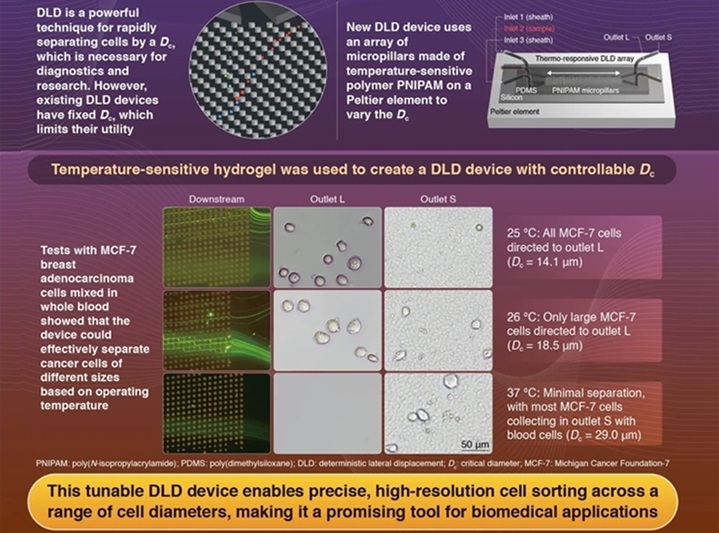DNA-Based Test Predicts Likelihood of HPV-Linked Oral Cancer Recurrence
By LabMedica International staff writers
Posted on 14 Aug 2014
A recent paper described using a real-time quantitative polymerase chain reaction (RT-PCR) to detect human papillomavirus (HPV) DNA in saliva and blood for the diagnosis of oropharyngeal squamous cell carcinoma (OPSCC) and to predict likelihood of recurrence of the disease after treatment. Posted on 14 Aug 2014
Human papillomavirus type 16 (HPV-16) is a major causative factor OPSCC, accounting for more than 21,000 cases annually in the United States. Diagnosis of OPSCC is difficult due to the complexity of the anatomical structures (such as tonsils, throat, and base of the tongue) where the cancer might develop. Survival rates for patients with early-stage, HPV-related oral cancers are as high as 90% within the first two years, and, even after recurrence, more than 50% of patients survive at least two years.
![Image: Electron micrograph of human papillomavirus (HPV) (Photo courtesy of the [US] National Institutes of Health). Image: Electron micrograph of human papillomavirus (HPV) (Photo courtesy of the [US] National Institutes of Health).](https://globetechcdn.com/mobile_labmedica/images/stories/articles/article_images/2014-08-13/GMS-205.jpg)
Image: Electron micrograph of human papillomavirus (HPV) (Photo courtesy of the [US] National Institutes of Health).
Investigators at Johns Hopkins University (Baltimore, MD, USA) applied an advanced DNA-based analysis system to the problem of OPSCC diagnosis. They used RT-PRC to analyze blood and saliva samples from 93 oropharyngeal cancer patients who had been treated with surgery, radiation alone, or combined chemotherapy and radiation. Among this group, 81 patients had HPV-16-positive tumors and 12 patients had HPV-16-negative tumors.
Results revealed that the sensitivities of pretreatment saliva or plasma alone were 52.8% and 67.3%, respectively. However, the sensitivity, specificity, negative predictive value, and positive predictive value of combined saliva and plasma pretreatment HPV-16 DNA status for detecting tumor HPV-16 status increased to 76%, 100%, 42%, and 100%, respectively. Overall survival was reduced among those with post-treatment HPV-positive status in saliva and those with HPV-positive status in either saliva or plasma but not among patients with HPV-positive status in plasma alone. The combined saliva and plasma post-treatment HPV-16 DNA status was 90.7% specific and 69.5% sensitive in predicting recurrence within three years.
“There is a window of opportunity in the year after initial therapy to take an aggressive approach to spotting recurrences and intensively addressing them while they are still highly treatable,” said senior author Dr. Joseph Califano, professor of otolaryngology at Johns Hopkins University. “Until now, there has been no reliable biological way to identify which patients are at higher risk for recurrence, so these tests should greatly help do so.”
The study was published in the July 31, 2014, online edition of the journal JAMA Otolaryngology – Head & Neck Surgery.
Related Links:
Johns Hopkins University














